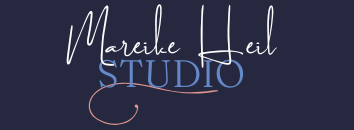YOUR CART
- No products in the cart.
Subtotal:
0,00 €

Including ethical and sustainable living into my life has been a part of me for years, though especially throughout the past 5 years, I got even more aware of the subject and especially about what is important for me, when it comes to sustainability. When I decided to found my creative studio business, I was always aware that I wanted to include this subject into it as well, as it’s already been a part of everything else in my life.
However, as always, and in sustainability especially, there’s a lot of ambivalence, many ambitions and aspirations, many issues I’m running into as a creative, many questions without answers, many wishes that wait to be fulfilled. And yet, I try my best and get better at every step of the journey. Maybe my list of actions may seem small to you, but don’t be fooled, I’m the biggest critic of myself on this topic and never fail to overthink every decision.
Fine art prints on a more sustainable giclée paper, which is produced in a paper mill only an hour away from me (Hahnemühle).
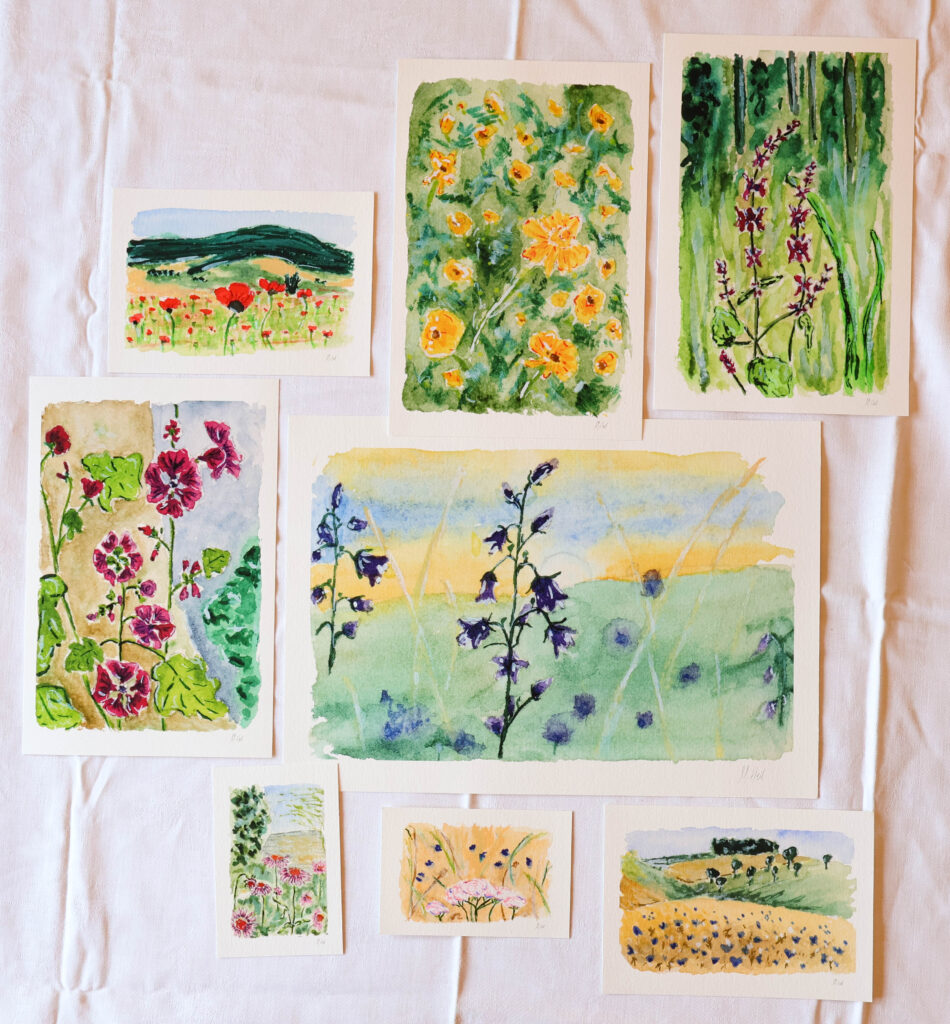
Being an artists also means knowing your resources and how they are produced.
The photo above from my garden shows our native yarrow and the safflower thistle (orange) whose seeds you can use to make oil for painting. I grew them for fun (my horses ate them at one point ...), but did some research on how you can grow them for oils as well.
Overall, I always try to consider the impact of my doings in my studio business. I’m not afraid of asking myself the difficult questions, critically (over)think about decisions, consider the ethical and moral points of views, and try to make them work within my circumstances.
However, I’m also aware that it’s incredibly difficult to get all the necessary information in the arts world and that sometimes I can’t opt for the most sustainable solution because it’s either out of reach financially or the effort for me (I’m not a full time artists) is just way too big at them moment, or there just is none. That being said, here’s what I’m doing to make my art and creative business more sustainable.


When I work with oil paint, I use watersoluble oil paint to reduce the fumes, as my studio is in my living room. Additonally, I use hues instead of toxic pigments like cobalt blue, cadmium red or lead-white. I aspire to work with raw earth pigments, so that I know where the pigment has been sourced, but my space is tiny and I still have many paint tubes left, which I’ll use first.
When I work with other mediums like watercolour, pencil, soft pastel etc. I either use what I have, until I search for a more sustainable substitute, or buy new products after a lot of consideration (e.g. watercolour is from Sennelier, which is high quality and yet made with honey and gum arabic instead of synthetic binders).
I only use synthetic brushes without real animal hair because I don’t want to have animals being killed or abused for making my brushes. Still, synthetic brushes may add to microplastics in the environment, so it’s a difficult case here.
I only paint on linen canvas as linen is much easier to produce than cotton. However, as no canvas supplier gives statements on how and where their material has been produced it’s just guess-work. I’d love to have labels and certificates as with garments.
Watercolour and other mediums are painted on standard (cotton) paper, as long as my stack lasts. Then I’ll research more sustainable options like bamboo or else.
I find it super difficult to find the right balance for fair prices (for me and for you). So right now, my original artwork is priced with:
Expenses for supplies + other expenses + hours it took me with an hourly wage I’d pay myself.
I know there is some sort of formula including the reputation of an artist. However, I find it much more resonable to include my proficiency and skills through a varying hourly wage, which in the end represents my actual needs much better than “reputation”.
At the same time, I make sure to set fair prices for you and not make them overly expensive.
As my space is limited and a professional fine art printer is expensive, I decided to outsource the whole printing process for now.
The printing (and dropshipping) company I work with is “theprintspace”, a printing company from the UK with printing spaces in the UK, Germany and the US. They’re creating end-to-end carbon neutral fine art and photography prints by using renewable energy and offsetting all other emissions.
Besides, they only offer a small range of rather sustainable, high quality, archival printing papers and only print on demand in the printing space that is closest to your location (your print order is printed for you).
Read more about them here.
For me, this is not peek sustainability when it comes to making prints, as I can’t use the printing paper I’d like to, because it’s not offered by the company. Still, the one I picked is alright as well.
Furthermore, I think that offsetting emissions is kind of meh, especially when it’s just “planting a tree elsewhere”, while not truely working on your own processes. Which I can’t properly control and need to trust the company, but from what I found out, it’s fine with “theprintspace”.
Anyway, it’s the best solution I could find for my creative business right now, especially as I wanted to use a smaller printing company (the other option would have been no prints), so it’s a compromise that is open for improvement.
The printing company “theprintspace” only offers a small range of fine art papers, as they need to fit their quality and sustainability policy.
After a lot of consideration, I decided for the Hahnemühle German Etching paper, even though the printing company also offers bamboo paper, which is said to be more eco-friendly than paper made of wood or cotton, but it’s quite yellow, which I don’t love.
However, the German Etching paper is produced in the well-known paper mill “Hahnemühle” close to my home. This paper mill has tight sustainability standards as well, making sure not to pollute the environment and takes actions to also do good on a local scale.
So, I’m fine with choosing a classic, yet likely medium-sustainable, paper made from wood pulp (cellulose).
Find out more here.
When it comes to pricing my prints, I followed industry standards like having at least a 50% margin (which means double the price I pay to produce the print), while considering the margin left for me, when I want to sell my prints in a store and still want to earn a bit.
Producing the prints through a more sustainable printing company like “theprintspace” is more expensive, and still I want to have fair prices for you, as I know many can’t pay that much for art (I hear you!) and yet want good quality.
So trust me when I say my margins are super tight and well considered (together with my excel document).
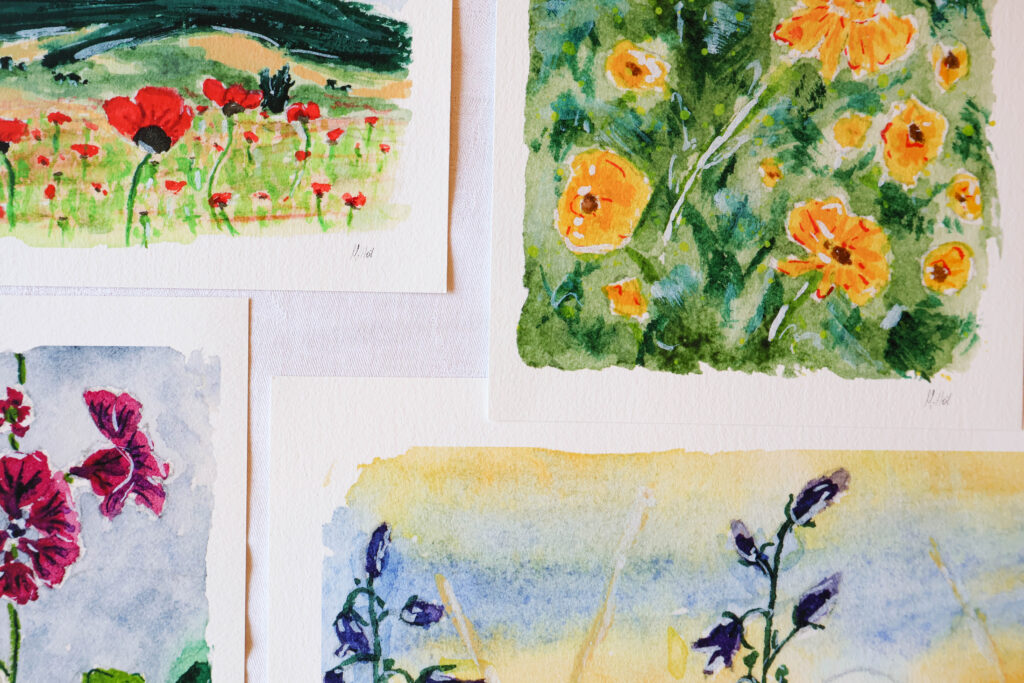

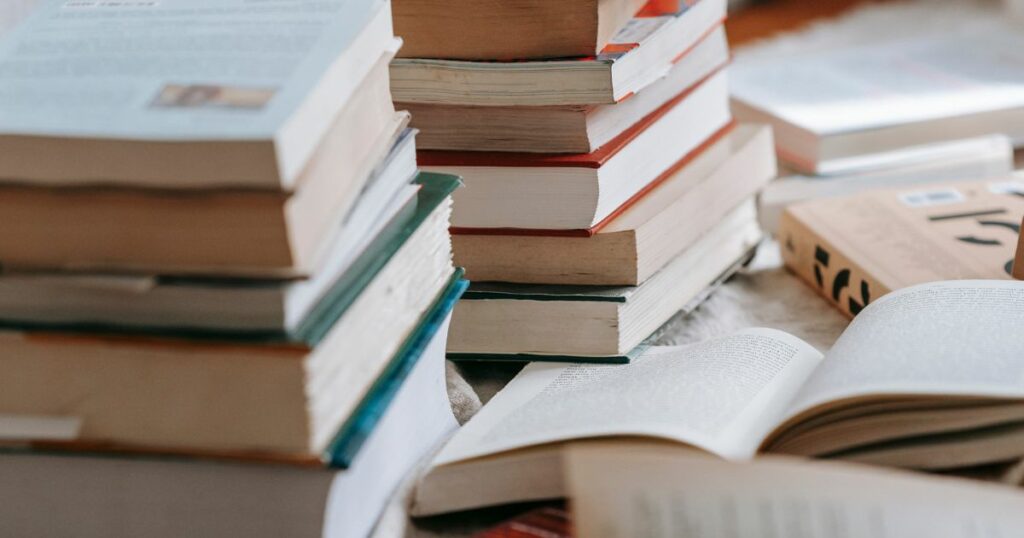
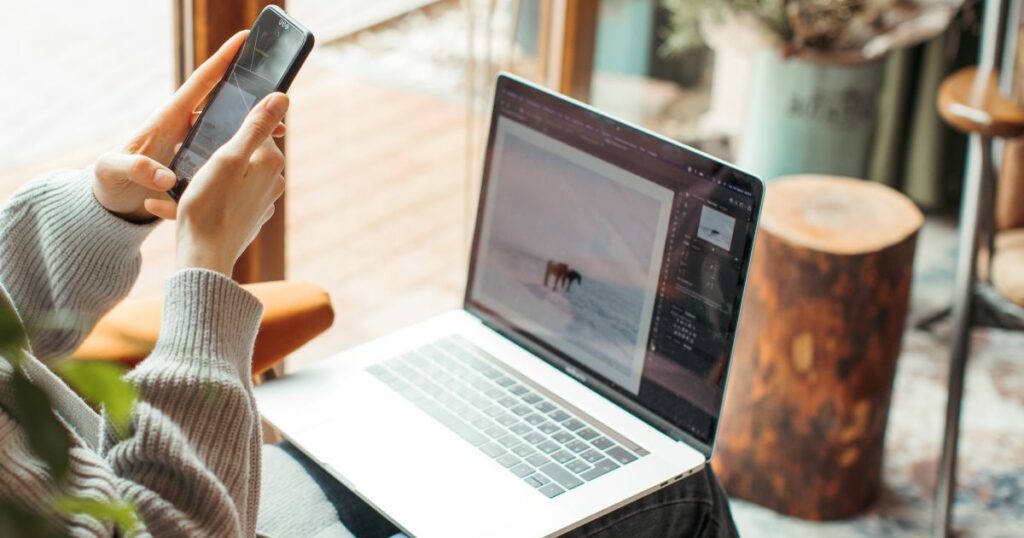
A while ago, I said goodbye to social media professionally, as it drains me, kills my creativity (hello comparison) and is time and energy consuming. It asks for too much and I don’t want you, my customers, to rely on it to get updates, while it makes you sick, addicted and steals hours of your life.
That being said, I’m slowly figuring out how ethical marketing may work for me. The kind of marketing that doesn’t need to manipulate to get sales or uses questionable techniques, but instead is very unhasty and honest and trustworthy.
Well, this is something I still need to figure out and do research upon, but my goal is to set up the digital space and resources I use in a way that makes them more sustainable. The first step will be to move towards apps and programms that are hosted in the EU, if possible, and that take care of their doings in any way.
You can read a related blog post about this over here.
AI uses more energy and resources than you can imagine, as it needs to process A LOT of data in a very short amount of time.
So, I decided to not use AI – neither in private nor in business – and if I could, I would switch it off in search engines as well. Sometimes though, I feel FOMO about this, but most of the time, I know I don’t need it.
I know everything I need to know, I can research what I don’t know and I’m able of making my own decisions; I can write, paint, live without an AI. Life is slower without it and that’s good. Oh, and my brain likes to be used.
Read a full blog post about why I’m not using AI over here.
You’ll always find lots of information around my website, especially in my shop about my products. If you still have questions, don’t hestitate to ask!
Blogs might seem a bit outdated, or at least not fresh and sexy, but my blog is my way of sharing valuable information, knowledge and letting you into my world – no strings attached.
In my opinion, shared knowledge is one of the most powerful resources we have and can provide, and so it’s my mission to share as much of my research, findings and thoughts on there for free. So you can build your own opinion, don’t need to search as much as I did, and make sustainability, creativity, a creative business and gentle living more accessible for you.
As blogs are made for SEO (search engine optimization) and posts need to follow certain structures, I decided to start a newsletter series about all things sustainability in the painters world that you can’t really put into a well curated blog post (search engines are very strict).
In the Inside Painting Series, I go into details about it all, while I’m also very honest about my decisions and talk more openly about my opinions, as it’s more of a safer space compared to an open and free to read blog.
You can find out more and subscribe here.
Some while ago I read “The History of Bees” by Maja Lunde and somehow this book shook me in a way no other did. Since then, I fell for bees (the wild, native ones) and native wildflowers. And even though I live on the countryside and have spend many times in nature with my horses, it’s only been then that I noticed how few actual wildflowers I knew and could find around my home.
I started to grow some on my balcony for some years, next to my favourite non-natives: dahlias and zinnias (I just love them). Then, last year, I was able to get a small patch with compacted and worn out soil next to my horses paddock and made it my mission to turn this tiny dead piece of earth into a native wildflower paradise (next to dahlias and zinnias 😉 ).
I’m still in the building, learning-on-the-go, trying to give my best for native bees, butterflies and other insects phase, but this is where some of the money you spend for my art goes into: turning dead soil into a tiny sanctuary for native plants, animals and myself. I’m adding an image gallery below.
In the future, I hope to do this on a bigger scale, but for now it’s this.


About:
You likely don’t know, but I grew up on a farm with cows and pigs and two horses. Nowadays, my horses still live on my parents farm and have their little stable with a paddock and their meadows. But it has always been a dream of mine to create a paddock trail (think closest to nature it can get for horses) and last year, thanks to a re-structuring process on the farm, I was able to get hold of a bit more space for my horses, where once the food for the cows was stored for many many years. Then, in autumn of 2024, I build a new, small paddock trail for my horses and at the same time, slightly accidentally, left a bare triangle in the middle of it: my new garden.
What I found was dead, highly compacted, heavy, blueish, smelling soil, as it had been driven on and used to store food for maybe even 40 years. But I wanted a garden with wildflowers, so I got invested into rebuilding soil health and creating a space for wildlife.
I sowed my own wildflowers, saw them get eaten by snails, bought new ones, read and researched, watched youtube, digged wholes, put my nose into the soil to check in on the smell, tried to keep the grass away, build fences, had a horse break into it, sat down and enjoyed it. It’s far away from done and the next step will be to buy seeds for the last remaining patch that developed gras, to turn it into a blooming dream.
Browse the photos below for reference or send me an email if you have questions.
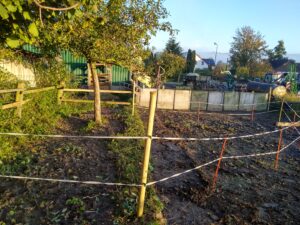

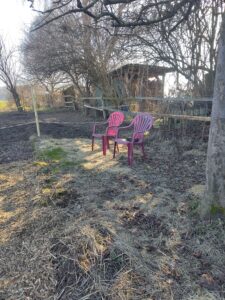
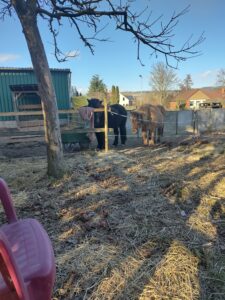
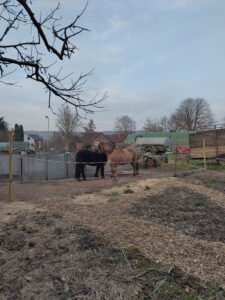
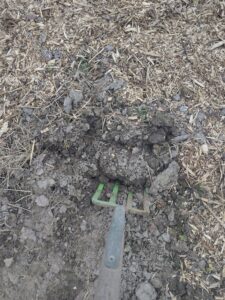

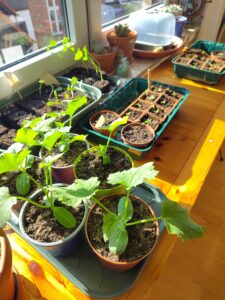





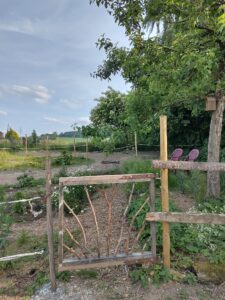


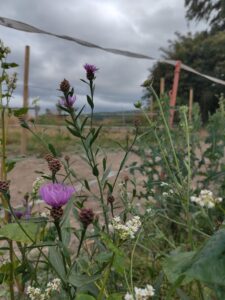
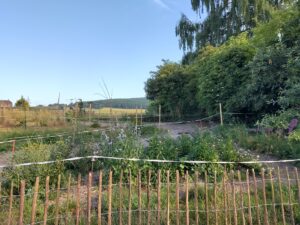
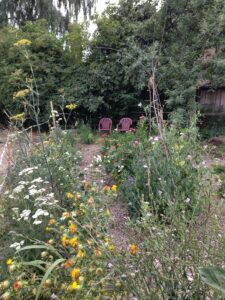
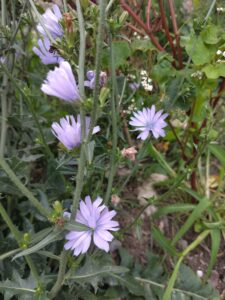
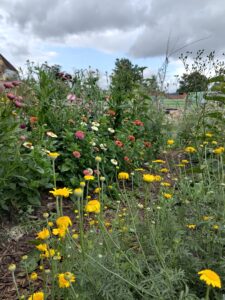

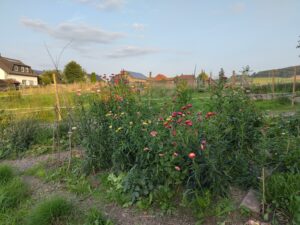
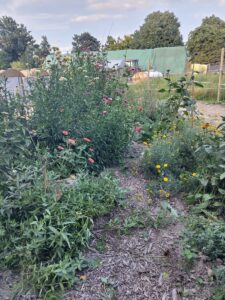
Get first access to original paintings, studio insights and latest blog posts. It's my studio's journal for you to read. Open and honest, stress-free and always accessible for you.
Once a month, I dive into all aspects of (oil) painting, share my tips and tricks, knowledge and aren't afraid to ask the real difficult questions (in search of answers).
is my free newsletter series on sustainable, eco-friendly painting.
Sounds interesting?
is my free newsletter series on sustainable, eco-friendly painting.
Sounds interesting?
You need to load content from reCAPTCHA to submit the form. Please note that doing so will share data with third-party providers.
More InformationYou need to load content from Turnstile to submit the form. Please note that doing so will share data with third-party providers.
More InformationYou need to load content from reCAPTCHA to submit the form. Please note that doing so will share data with third-party providers.
More InformationYou are currently viewing a placeholder content from Turnstile. To access the actual content, click the button below. Please note that doing so will share data with third-party providers.
More InformationYou are currently viewing a placeholder content from Vimeo. To access the actual content, click the button below. Please note that doing so will share data with third-party providers.
More InformationYou are currently viewing a placeholder content from YouTube. To access the actual content, click the button below. Please note that doing so will share data with third-party providers.
More InformationYou need to load content from reCAPTCHA to submit the form. Please note that doing so will share data with third-party providers.
More Information